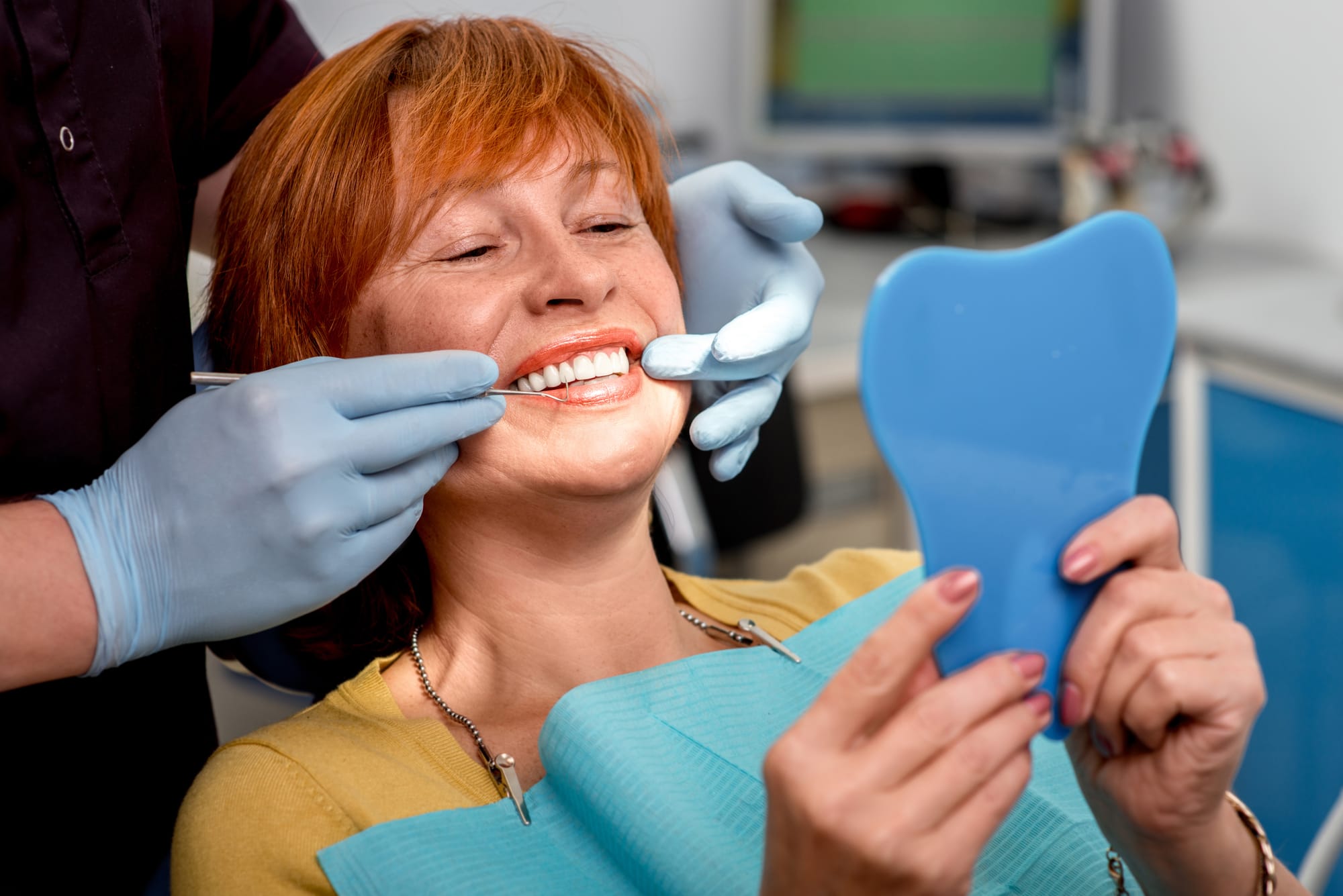
Introduction to Minimally Invasive Dentistry (MID)
Minimally invasive dentistry, or MID, is an approach that seeks to conserve healthy tooth structure through the use of innovative practices and materials. Evolving from dental technology advancements and new material developments, MID focuses on prevention, remineralization, and minimal dentist intervention. This technique is used for diagnosing, preventing, and treating dental caries, and other conditions, in the least invasive manner. To better understand MID, we explore patient experiences through a Q&A layout.
Q1: What is your overall experience with minimally invasive dentistry?
"My experience has been extremely positive. I was initially anxious about dental work because I associate the dentist with drills and fillings. However, minimally invasive techniques changed my view. The treatments were quick, with little to no discomfort, and recovered faster than traditional methods. It felt more like a regular check-up instead of a dreaded operation."
Q2: How did the procedures of minimally invasive dentistry differ from traditional methods?
"I noticed that the dentist focused a lot on detecting problems early. They used digital imaging techniques that seemed less invasive and provided a clearer picture without being uncomfortable. During treatment, instead of removing large parts of the tooth, only the affected area was treated. My dentist used air abrasion or lasers, which were surprisingly gentle compared to the usual drill."
Q3: Can you describe any specific treatment you had under minimally invasive dentistry?
"I had a small cavity that was caught early. My dentist opted to use a method called infiltration which involved guiding a liquid resin into the porous tooth lesion. This procedure didn’t require drilling and was over before I knew it. The focus was clearly on preserving as much of my natural tooth as possible, which was reassuring."
Q4: What benefits have you experienced from minimally invasive dentistry?
"The biggest benefit for me has been the preservation of my natural teeth. The techniques used ensured that only the decayed parts were removed. I also experienced very little pain and sensitivity post-procedure, which was not the case with traditional fill case with others."
Q5: Were there any downsides or things you didn’t like about minimally invasive dentistry?
"One downside could be the frequency of visits to the dentist. Because this approach emphasizes early detection and preventive care, I had to make a few more visits than usual to keep track of potential decay and to treat them before they become larger issues. However, considering the benefits, these extra visits felt justified."
Q6: How did minimally invasive dentistry impact your dental hygiene practices?
"It definitely made me more aware of my dental health. After seeing how proactive the treatments were and understanding the emphasis on prevention, I started taking better care of my teeth at home. I followed the dentist’s advice on better brushing and fusing, as well as using products that help remineralize the teeth."
Q7: Would you recommend minimally invasive dentistry to others?
"Absolutely, I would recommend it to anyone. It’s a more comfortable and conservative approach. Knowing that the focus is on preserving my natural teeth and preventing future issues gives me a lot of peace of mind. Plus, the less invasive procedures mean less anxiety and discomfort during treatments."
Q8: What do you think is the future of minimally invasive dentistry?
"I believe it's the future of dental care. As technology advances, I expect these techniques to get even better and more widespread. Dentists can detect problems earlier than ever, and targeted treatments can be applied without impacting the rest of the tooth. It’s exciting to think about what's next in this area."
Conclusion
Minimally invasive dentistry is transforming patient experiences in dental care by focusing on preservation and pain reduction. As we have seen from the experiences shared, patients benefit from quick, less painful procedures and better overall dental health. Emphasizing prevention, early detection, and conservative treatments, MID aligns with the future direction of dental care, where technology and patient comfort play leading roles.